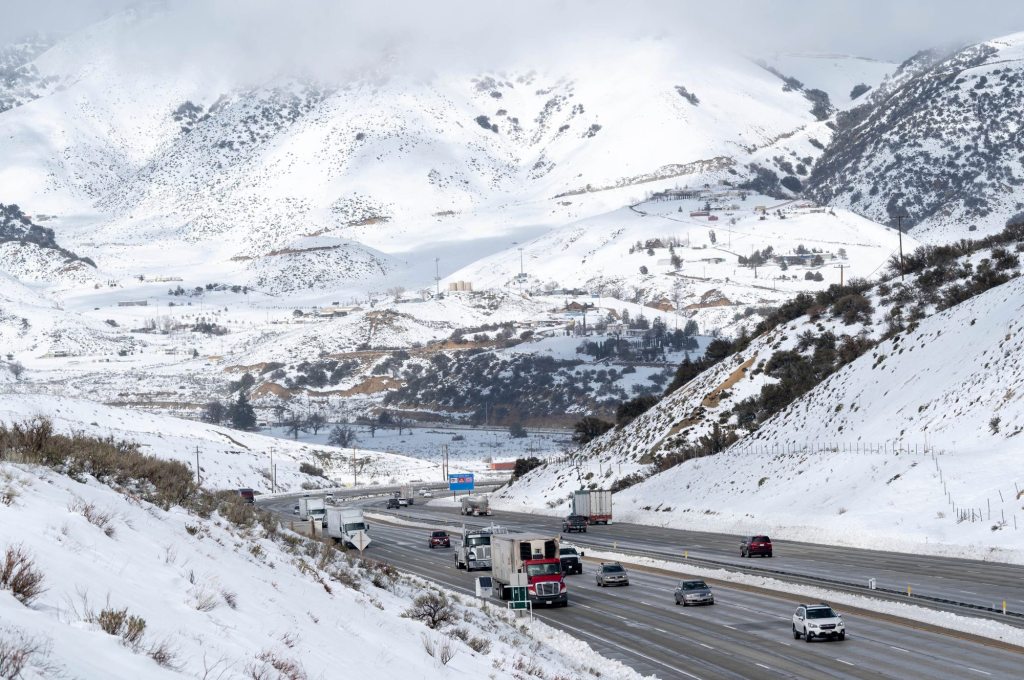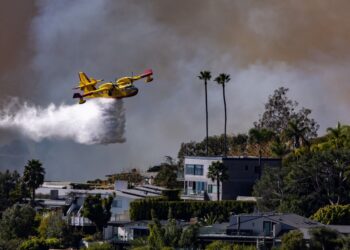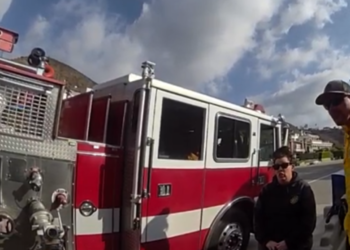The soaring, snow-filled mountains in Southern California provide superb images for picture postcards.
And the same mountains provide just the right canvas, experts say, for dangerous avalanches following the record-breaking snowfall in February.
“We’re talking about a lot of snow at high elevation and steep terrain, and it’s the perfect ingredient for avalanches,” Claire Todd, a professor and the chair of geological sciences at Cal State San Bernardino, said Tuesday, Feb. 28.
Todd said the wave of snowstorms has created a second necessary element – layers of snow. The first layer develops a crust that the second layer can easily slide down on.
The third element required is a trigger, said Steve Mace, director and lead forecaster at the Eastern Sierra Avalanche Center in Mammoth Lakes. Such a trigger could be skiers or snowboarders, wind, increased snowfall or, in the case of resorts that intentionally cause avalanches to reduce the risk, explosives.
“Anytime you get a significant snowstorm in the mountains, avalanches should be on your mind,” said Simon Trautman, a specialist at the U.S. Forest Service’s National Avalanche Center in Bellingham, Washington. “If you are getting a lot of snow and a lot of wind, people should stay away from steep snow slopes.”
The exception, he said, would be if new snow falls on dirt and rock and the wind is not blowing hard. In those cases, the land will keep the snow in place. Avalanches usually occur within the first two days of a snowstorm, Trautman said.
More snow was expected in the mountains on Wednesday, the National Weather Service said. Snow levels could reach as low as 1,500 feet Wednesday morning, and areas in the San Bernardino Mountains were projected to receive one to two feet.
Already in the winter of 2022-2023, 13 people have died in avalanches nationwide, according to the website Avalanche.org. Snowmobilers lead the list with five deaths, followed by hikers and skiers with three deaths each…
Read the full article here







